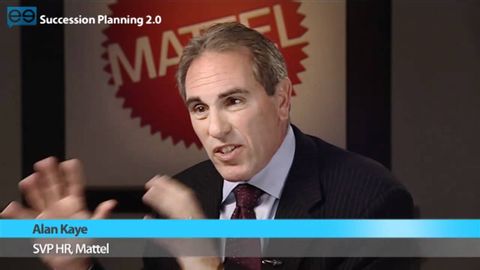十個最佳實踐的人力資源技巧 - 人力資源最佳實踐 - MeetTheBoss (Ten Best Practice HR Tips - Human Rescource Best Practise | MeetTheBoss)
kingkong 發佈於 2021 年 01 月 14 日  沒有此條件下的單字
沒有此條件下的單字US /ˈbɪznɪs/
・
UK /ˈbɪznəs/
- n. (c./u.)商業;生意;重要問題;重要事務;生意;買賣;行業;活動;權利;目的;舞臺上的小動作;職責;商業研究;交易量;商業邏輯
- adv.出差;認真地
- adj.一切如常
- n. (c./u.)人;人們;人們;家人;員工
- v.t.居住
- n. pl.人們
US /ˌʌndɚˈstænd/
・
UK /ˌʌndə'stænd/
- n. (c./u.)成品;工作的成果;產品;作品;工作;職業;工作(場所);(工作等的)成果
- v.t./i.起作用;行得通;運轉;運作;運行;活動;起作用;有效用;(機器等)運轉;活動
- adj.工作相關的

